
- Inspiring People -
- 4mins -
- 771 views
Colombian company makes affordable housing from… coffee?
Bogotá-based construction company Woodpecker WPC has perfected a process to turn coffee bean husks into low cost construction materials.
NORMALLY DISCARDED COFFEE HUSKS ARE BEING TURNED INTO low cost BUILDING MATERIALS
Woodpecker, a startup in Bogota, Colombia, uses coffee husks to manufacture lightweight, prefabricated buildings for home and classroom use. They combine the coffee husk with recycled plastic to create a durable and more environmentally-conscious building material. This not only reduces waste from coffee farms that would inevitably end up in the landfills but helps to execute a swift, simple construction that anyone can do. The DIY structure of the Woodpecker buildings was integral to their mission of providing low-income housing for Colombia’s impoverished areas. —EcoWatch
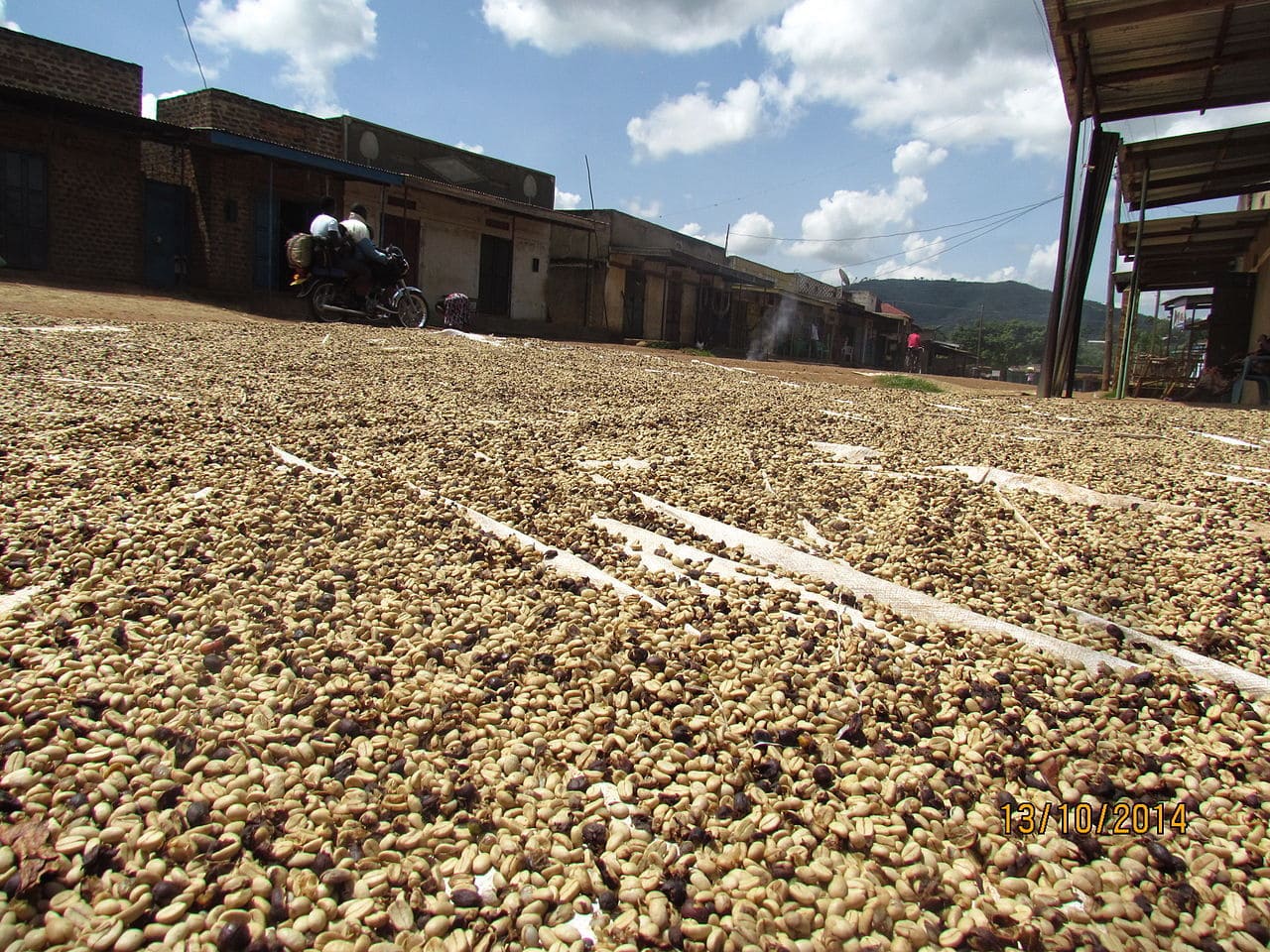
The Lego-like kits can easily be assembled on-site with minimal tools
“We saw that there was a huge necessity for a lightweight construction system for housing and classrooms in rural and isolated places where traditional construction systems cannot go—like bricks, cement, and concrete,” says CEO Alejandro Franco.
The startup needed to find materials light enough to move in a small boat, a helicopter, or on the back of a donkey. It tested combining different natural fibres, from sawdust and rice to grass and palm fibre, with different types of recycled plastic. “Coffee husk was selected because it’s stronger and drier than the other fibers,” he says. It’s also widely available in Colombia, one of the largest coffee-producing countries in the world. The final material is fireproof, durable, and resists insects.
The company makes Lego-like kits that can easily be assembled on-site, with a steel frame and coffee husk boards that click together easily with minimal tools. (While the company builds most homes itself, some customers buy the kits and put them together themselves.)
By designing each model of home to use as few parts as possible, and standard parts between different designs, the team helped keep costs low. The recycled material is also affordable, and Woodpecker lowers costs further by producing materials at a large scale.
Source: FastCompany
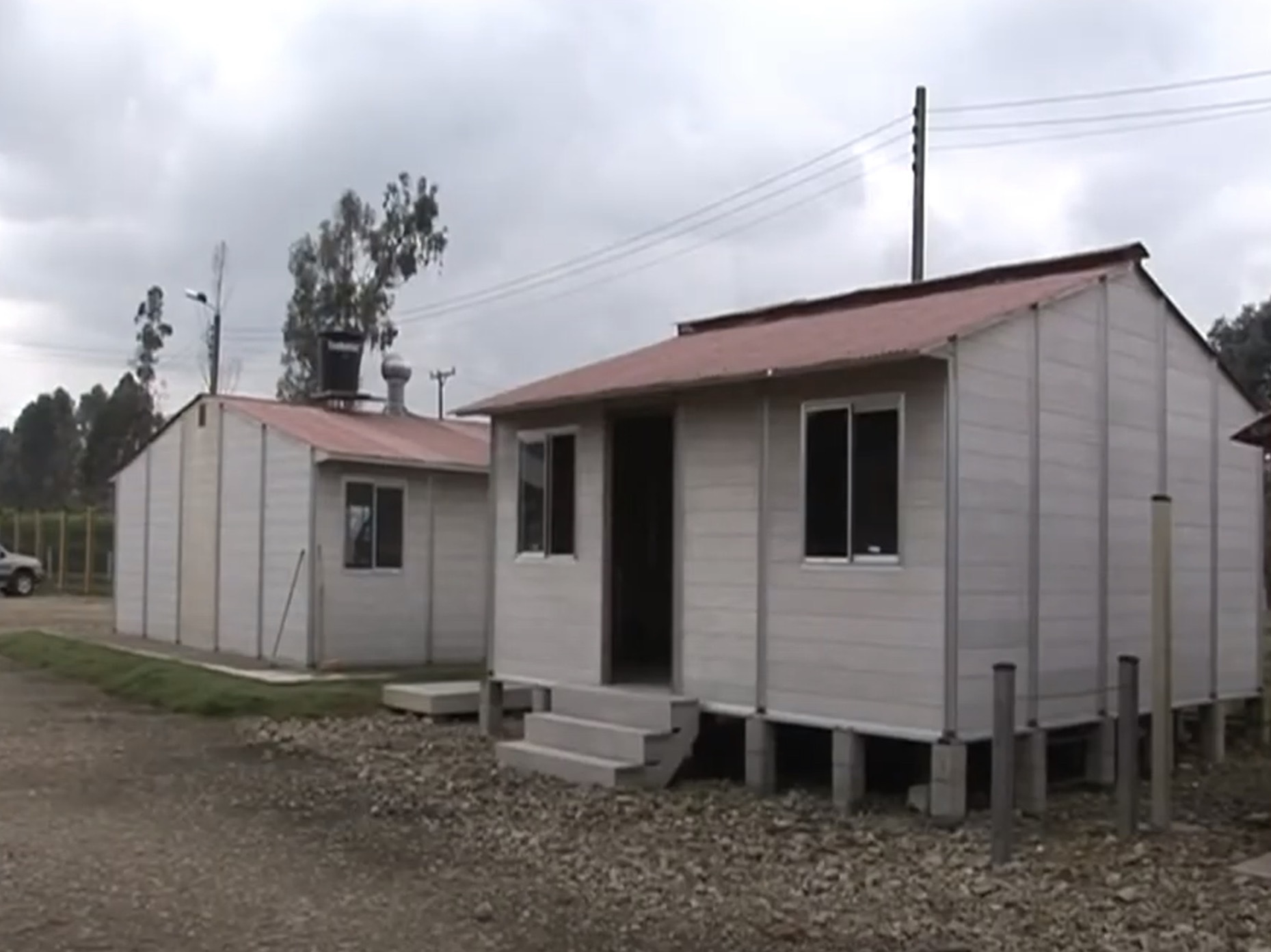
Among other uses coffee husks show great potential for biogas generation
In response to the extensive damage of hurricane Iota in 2020, the Columbian government used Woodpecker’s designs to house those displaced by the disaster.
Despite the lack of energy supply, damaged infrastructure, and difficult building conditions, the company’s lightweight construction system provided a fast and practical solution for those on the ground.
“Coffee husk was selected because it’s stronger and drier than the other fibres,” explained Franco. Columbia is also the third-largest coffee producer in the world after Brazil and Vietnam, according to Statista, which means that coffee husk is available nationwide.
In addition to building materials, studies indicate that coffee husks show great potential for biogas generation. Coffee husk can also be composted or used for animal bedding, and car manufacturer Ford has even incorporated the waste product into its plans for sustainable car seat covers.
Source: LiveKindly
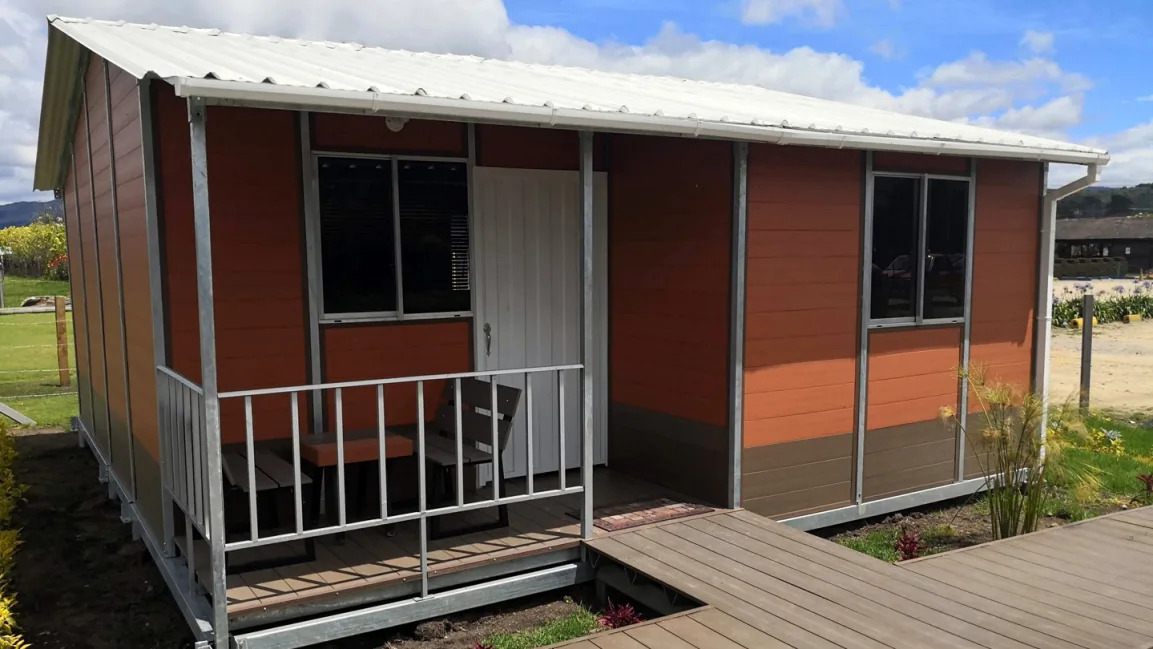
BRINGING HIGH-QUALITY HOUSING WITHIN REACH OF MILLIONS MORE THROUGHOUT COLOMBIA
Strong, eco-friendly, long-lasting, rapidly-deployable, and affordable (a two-story chalet starts at $5,800) – bringing millions more within reach of high-quality housing throughout the country. The advantages are:
- WPC (wood plastic composite) interlocking construction system connects WPC profiles without using steel frames
- WPC profiles are stacked one on top of another and overlapped at the corners
- NO special tooling required.
- Woodpecker developed interlocking corners by notching the WPC profiles at the ends, resulting in strong structures that are easier to build.
- The main advantages of this material are: Eco-friendly, splinter free, high resistance and durability, resistant to termites and insects, lightweight, easy installation tools, easy maintenance, resistant to the environment, NO combustion (fire-proof), no painting needed (colour included).
Source: HousingInnovation.co
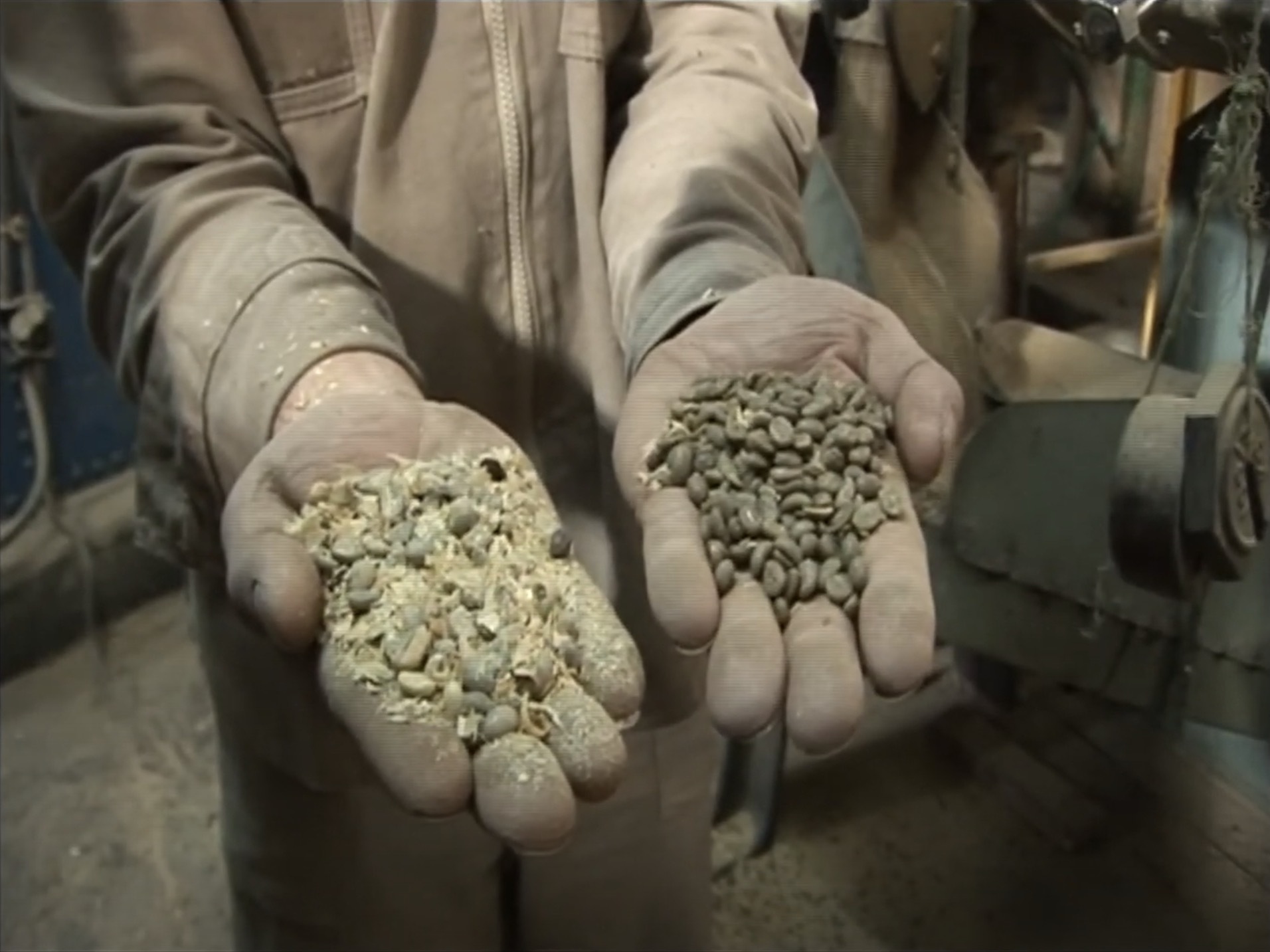
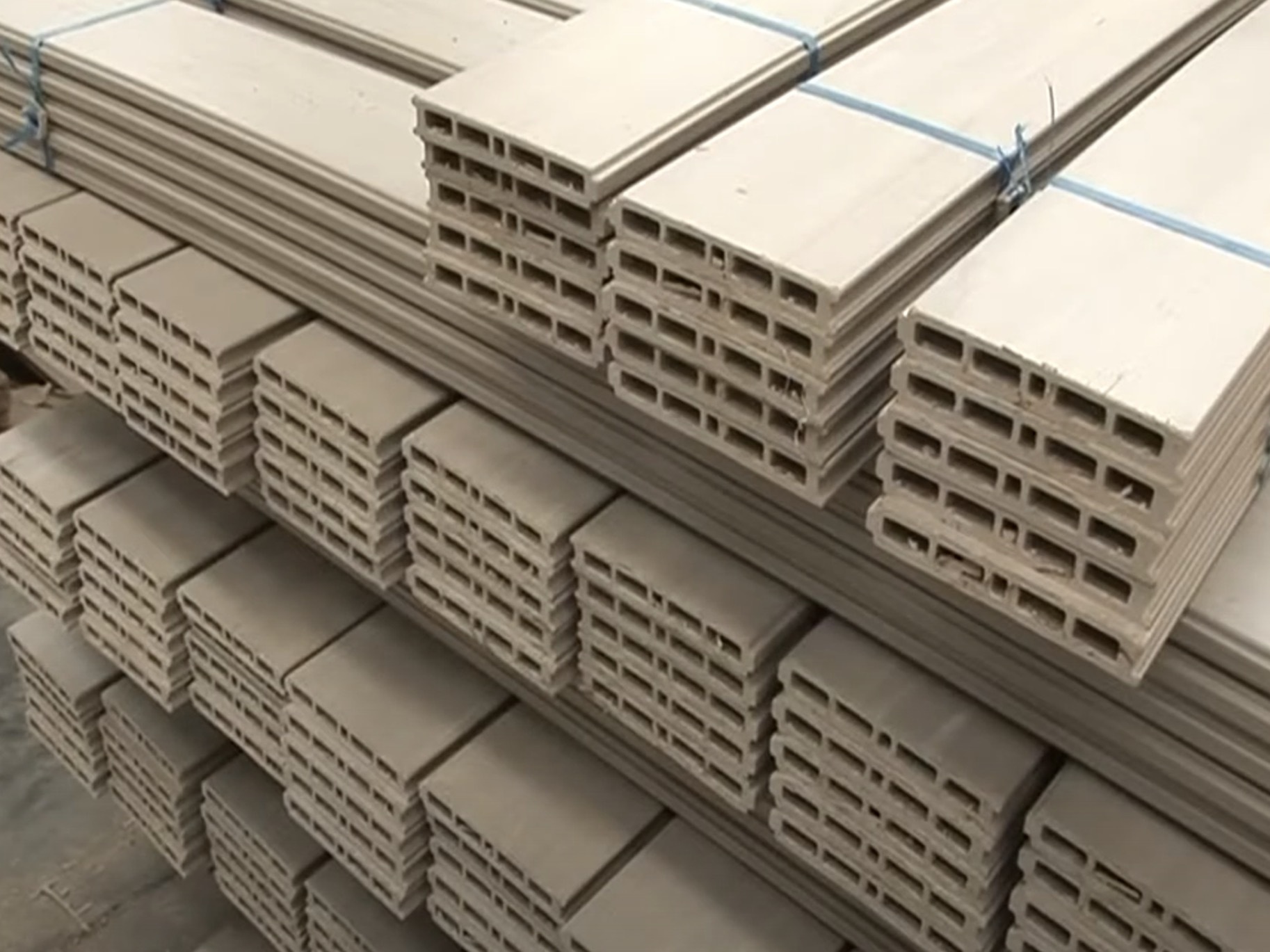
The Latte Chalet (Single) designed by Woodpeckersas is constructed from wood-plastic composite using the husks from outer coffee shells. Source: Facebook/HousingInnovationCo

